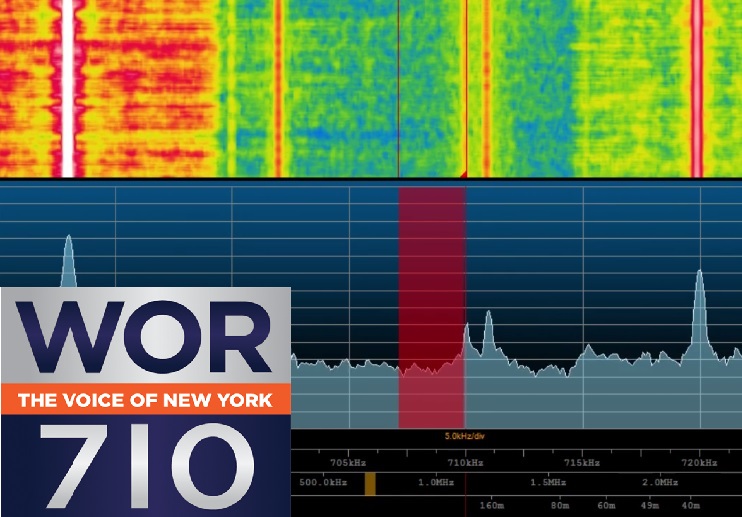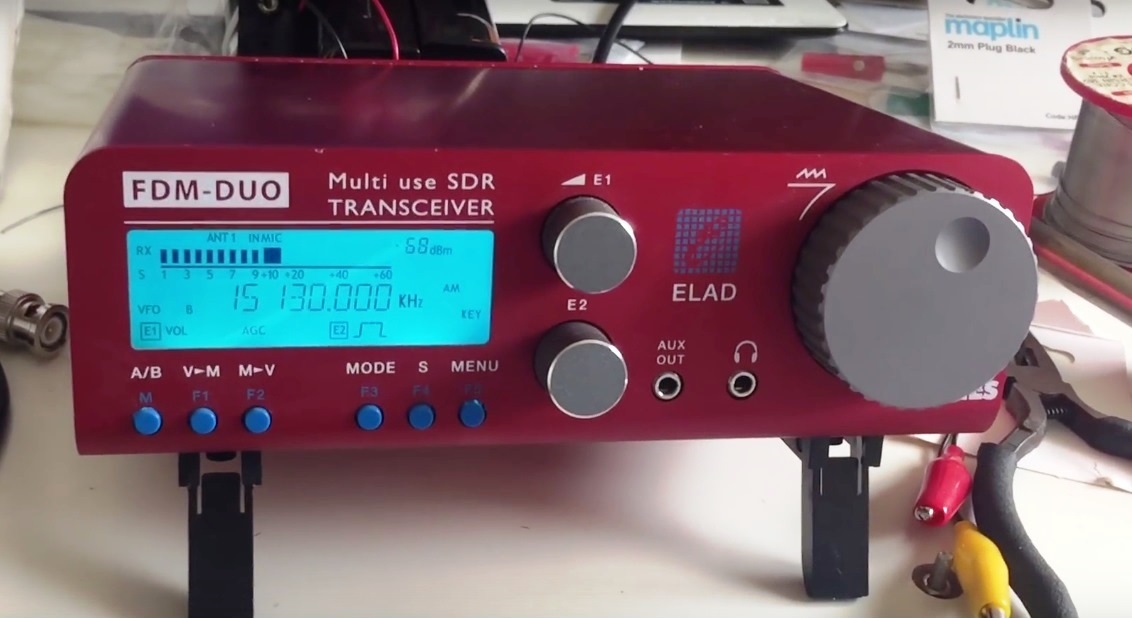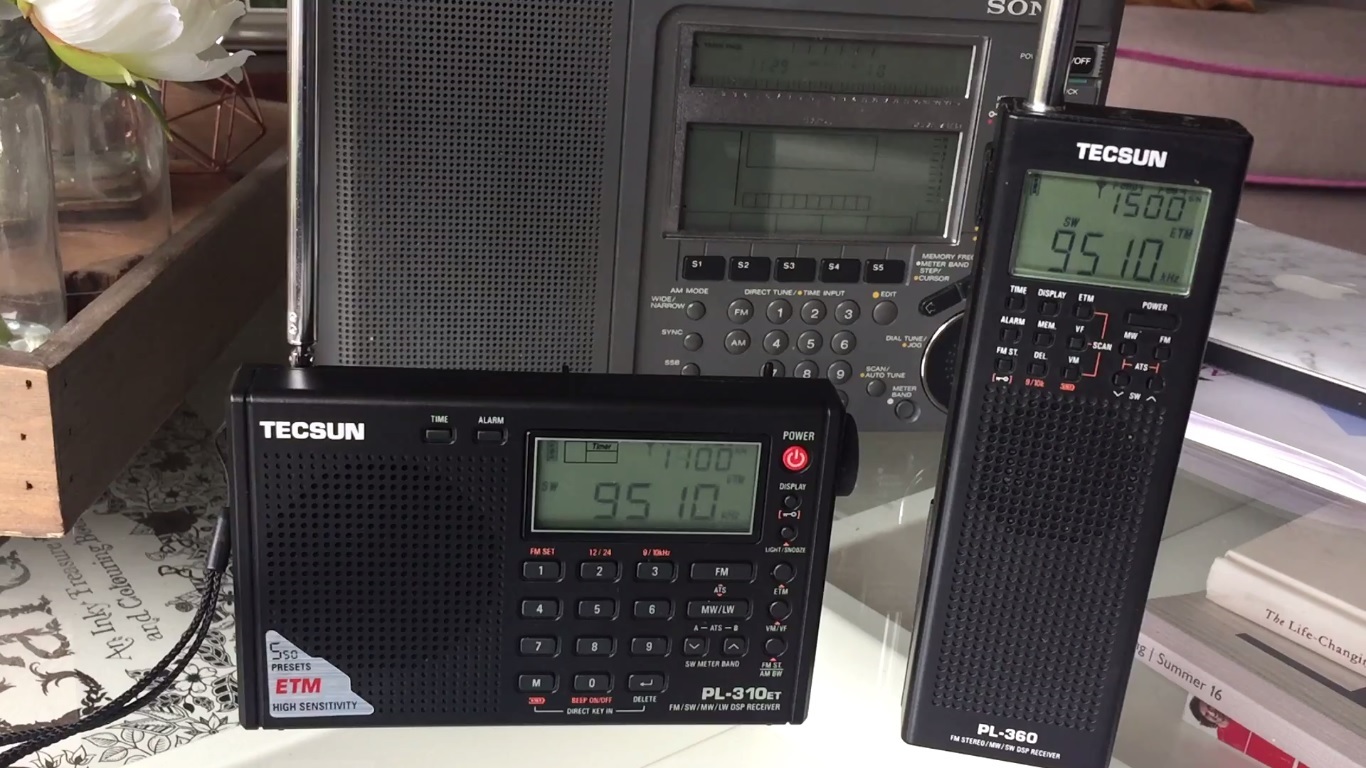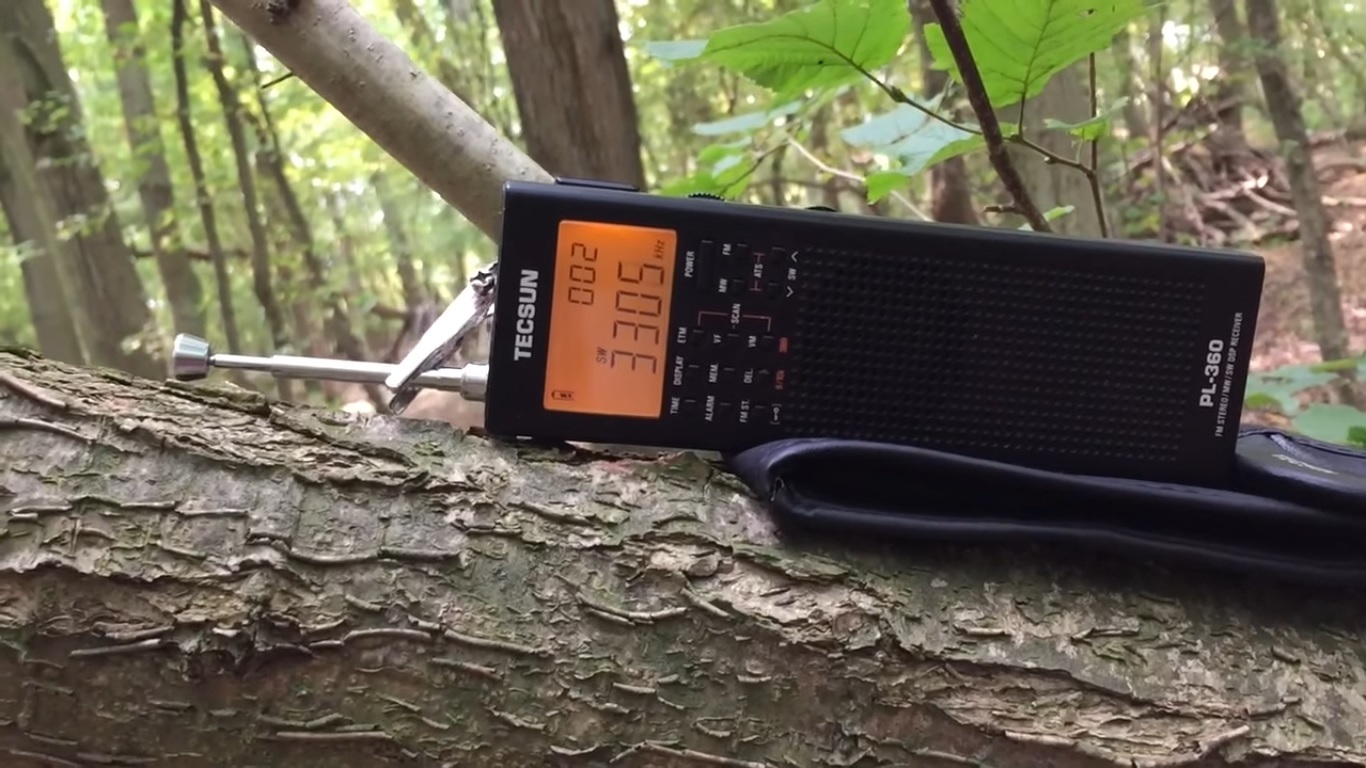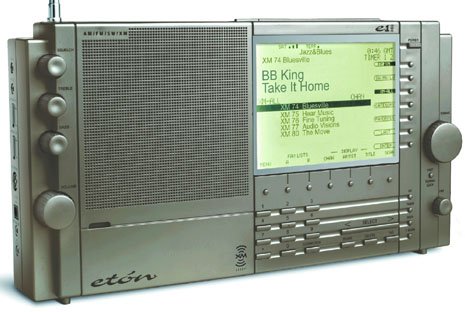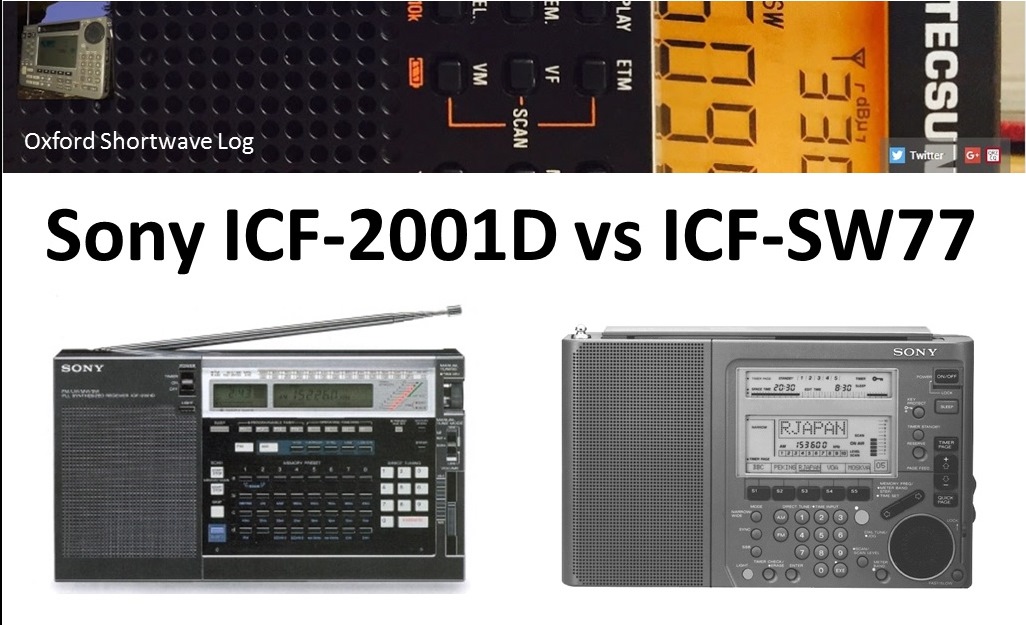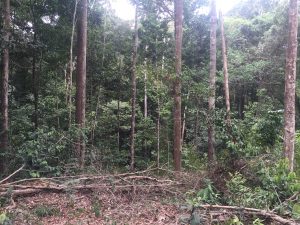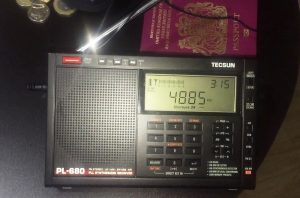Hi there, a few weeks ago I posted a couple of medium wave DX catches with the Elad FDM DUO and newly constructed 200 metre Beverage antenna. Since then (and following my trip to Brazil) I have uploaded several more catches, some of which I would like to share with you. It has become evident that the Beverage’s low-gain but high SNR properties resulted in a huge increase in the sensitivity of my entire set-up and as a result. I have achieved numerous personal firsts on the medium wave band, coupled with many other signals that I can only describe ‘best-ever reception’. If nothing else, this endevour has underlined the importance of utillising the best antenna possible for your particular circumstances. We’ve all read at some point, how, in many respects, the antenna is more important than the receiver – and these catches demonstrate how absolutely true that statement is. All of the reception videos were captured using the Elad FDM DUO running on a home-brew battery-pack and connected to the Beverage via a 50 Ohm input transformer.
Below is the first set of reception videos, most of which are signals from East Coast of the United States. However, there is also an absolutely booming signal from WGIT Puerto Rico into my QTH in Oxford UK. Part 2 will follow almost immediately, but in the mean time thanks for watching/listening and I wish you all great DX!
- MW DX with 200 metre Beverage: WEGP Presque Isle 1390 kHz, Maine, best ever signal
- MW DX with 200 metre Beverage: WBZ Newsradio, 1030 kHz, Boston, first reception
- MW DX with 200 m Beverage: WOR 710 kHz, New York, first reception with clear ID
- MW DX with 200 metre Beverage: WGIT Puerto Rico 1660 kHz, booming!
- MW DX with 200 m Beverage: WLIB New York 1190 kHz, first reception & ID
- MW DX with 200 Metre Beverage: WFME Family Radio 1560 khz New York, strong signal
- MW DX with 200 Metre Beverage: WLAM Lewiston 1470 kHz, Maine, clear ID, 1st reception
- MW DX with the 200 m Beverage: WADO New York 1280 kHz, first reception
Clint Gouveia is the author of this post and a regular contributor to the SWLing Post. Clint actively publishes videos of his shortwave radio excursions on his YouTube channel: Oxford Shortwave Log. Clint is based in Oxfordshire, England.

